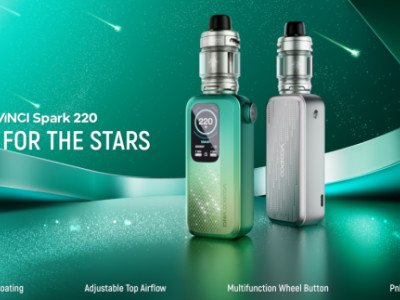Action on Smoking and Health wrongly claimed that a growth in the number of vapers proved that, “new EU rules on nicotine strength not a problem for most vapers” (1).
“Only 9% of vapers report using e-liquid containing 19mg/ml or more of nicotine,” they said.
The NNA (2) responded: “According to a report by Action on Smoking and Health … the needs of 252,000 UK vapers don't matter because most people will only be mildly affected by the arbitrary restrictions imposed by article 20 of the TPD. That is a truly astounding attitude, especially in light of the fact that the expected reduction in smoking prevalence delivered by the entire TPD, including the tobacco provisions, is just 2% over 5 years, which in the UK translates to 183,000 people” (3).
During a recent Zoom conference, prior to the government’s consultation period, Action on Smoking and Health’s Deborah Arnott repeated their position on the nicotine cap, adding that parliament should also look at banning most e-liquid flavours (without any justification).
The recent study (4) conducted by a team including Professors Jonathan Foulds, Chris Bullen, and Thomas Eissenberg, compared the use of different strength e-liquids at 0, 8, and 36 mg/ml.
The randomised controlled trial focussed on “520 participants who smoked more than nine cigarettes a day, were not currently using an e-cigarette device, and were interested in reducing smoking but not quitting.”
“We found that e-cigarettes that delivered a similar amount of nicotine as traditional, combustible cigarettes, helped reduce smoking and exposure to a harmful carcinogen,” said Foulds, a researcher at Penn State Cancer Institute.
Participants’ urine was tested for the tobacco-specific carcinogen 4-(methylnitrosamino)-1-(3-pyridyl)-1-butanol, also known as NNAL. They found that those using the highest strength juice returned the lowest levels of NNAL – proving that it worked best at helping smokers quit or reduce tobacco use.
Team member Caroline Cobb noted this made the study important for two reasons: “First, many e-cigarettes have poor nicotine-delivery profiles, and our results suggest that those products may be less effective in helping smokers change their behaviour and associated toxicant exposure.”
“Second, previous randomised controlled trials examining if e-cigarettes help smokers change their smoking behaviour and toxicant exposure have used e-cigarettes with low or unknown nicotine delivery profiles. Our study highlights the importance of characterising the e-cigarette nicotine delivery profile before conducting a randomised controlled trial. This work also has other important strengths over previous studies including the sample size, length of intervention, multiple toxicant exposure measures and control conditions.”
Now is an important time for the Conservative administration to note that the evidence supports the lifting of the cap on nicotine in liquids if it hopes to achieve its smoke-free target.
References:
- New EU rules on nicotine strength not a problem for most vapers - https://ash.org.uk/media-and-news/press-releases-media-and-news/new-eu-rules-on-nicotine-strength-not-a-problem-for-most-vapers/
- New Nicotine Alliance - https://nnalliance.org/
- The needs of more than a quarter of a million people don't matter, according to ASH - https://nnalliance.org/nnanews/news/117-the-needs-of-more-than-a-quarter-of-a-million-people-don-t-matter-according-to-ash
- Effect of an Electronic Nicotine Delivery System with 0, 8, or 36 mg/ml Liquid Nicotine Versus a Cigarette Substitute on Tobacco-Related Toxicant Exposure: a Randomised Controlled Trial - https://www.thelancet.com/journals/lanres/article/PIIS2213-2600(21)00022-9/fulltext
Dave Cross
Journalist at POTVDave is a freelance writer; with articles on music, motorbikes, football, pop-science, vaping and tobacco harm reduction in Sounds, Melody Maker, UBG, AWoL, Bike, When Saturday Comes, Vape News Magazine, and syndicated across the Johnston Press group. He was published in an anthology of “Greatest Football Writing”, but still believes this was a mistake. Dave contributes sketches to comedy shows and used to co-host a radio sketch show. He’s worked with numerous start-ups to develop content for their websites.
Join the discussion
EU Commission Called Out
The World Vapers' Alliance calls out the EU Commission's hostile stance on Tobacco Harm Reduction in light of Tobacco Product Directive consultation findings
WHO HIGHLIGHTS SWEDISH SUCCESS
A major new report from the World Health Organization (WHO) highlights Sweden’s success in going smoke-free with the help of less harmful cigarette alternatives
MEPs Want Integrated EU Strategy
MEPs propose actions to prevent and lower the prevalence of non-communicable diseases in the EU, in order to reduce the burden on healthcare systems and on citizens’ quality of life
Report Raises Concerns About EU Transparency
A recent report raises concerns about the EU’s approach to transparency and inclusivity as member states challenge the Commission's stance on tobacco control












